What anti-corrosion measures can extend the service life of tin cans?
Tin cans are made from tinplate, a construction inherently superior to bare steel in terms of corrosion resistance. However, tin cans are not indestructible: corrosion can be triggered by cracks in seams, exposure to corrosive substances, high humidity, and mechanical damage. Therefore, in actual manufacturing, extending the life of tin cans requires a systematic approach that combines appropriate substrate specifications, targeted surface and internal coatings, good mechanical design and seaming processes, as well as controlled storage and handling. This layered corrosion prevention strategy can reduce product failures, extend shelf life, and lower overall lifecycle costs.
Substrate Selection, Tinplate Chemistry, and Passivation for Tin Cans
Corrosion begins with the substrate. Tinplate consists of a cold-rolled steel substrate and a metallic tin coating, typically with a thickness of 1-10 g/m² per surface. Two key parameters determine the substrate’s corrosion resistance: the thickness of the tin coating and the quality and surface cleanliness of the base steel. For highly corrosive containers, thicker tin coatings or electrolytic tinplate grades are used to improve surface coverage and adhesion.
Passivation is the next layer of protection added to tin cans. After tin plating and annealing, the tinplate surface undergoes a conversion treatment, forming a thin, chemically stable oxide/composite layer that slows initial corrosion and stabilizes the adhesion of printing and coatings. Historically, manufacturers used chromate-based conversion treatments, but due to regulatory and environmental concerns, most professional wholesale tin can suppliers have adopted trivalent chromium passivation or chromium-free alternatives. These conversion layers are very thin but improve coating adhesion and reduce early surface corrosion.
Tin Can Linings and Food-Safe Coatings
For cans exposed to food, beverages, or corrosive chemicals, the inner coating often determines the lifespan of the tin more than the tinplate itself. The lining isolates the metal from the corrosive contents, preventing tin migration and flavor changes. Therefore, we utilize a variety of lining materials, including epoxy phenolic, polyester, and acrylic. Coating thickness is crucial. Linings typically range from 5 to 50 μm, depending on the chemical nature and performance requirements. For powders or dry goods, a 5-10 μm film is sufficient, while acid retorting processes require thicker, highly crosslinked coatings to resist hydrolysis and thermal stress. Crosslink density, cure characteristics, and compatibility with can sterilization (retorting) are crucial for long-life performance.
Exterior Decoration, Printing Inks, and UV Protection
Exterior protection also ensures good product storage and extends product life. While the inner lining protects the product, the exterior of the tin can must withstand moisture, mechanical abrasion during handling, and exposure to UV or chemicals in storage or on retail shelves. Therefore, exterior coatings, inks, and varnishes serve a dual purpose: protecting the metal and preserving the brand’s appearance.
A common exterior system begins with a corrosion-resistant primer applied to the tinplate to improve ink adhesion and prevent “blooming,” or micro-corrosion spots, beneath the ink. Additionally, our print shop uses offset or flexographic inks that dry oxidatively and cure with UV or electron beams. These topcoats create a tough, abrasion-resistant film with low water absorption. Topcoat thickness typically ranges from 3 to 15 microns; thicker UV varnishes (10 to 30 microns) provide increased chemical and abrasion resistance.
Joint Engineering and Structural Design to Prevent Corrosion
The mechanical design and construction of the tin can determine where corrosion initiates. The double seam, the mechanically crimped seam between the body and bottom, is the most critical area. A poor seam creates microscopic voids where moisture and product can accumulate, leading to crevice corrosion. Therefore, rigorous joint engineering and regular quality control are crucial measures for preventing corrosion.
We design flange and end profiles to minimize crevice volume. We use body and end sheet materials of compatible thickness and temper, and we control sealing machine settings. In addition to joint geometry, joint lubrication and post-joining inspection can also reduce mechanical defects. Some processes apply a thin layer of sealant inside the seam to fill micropores. In extremely corrosive environments, we also use additional joint coatings or sacrificial sealants to enhance protection.
Providing Excellent Corrosion Resistance for Tin Cans
As a wholesale tin can supplier, we agree on tinplate specifications, internal and external chemical composition, seam engineering, and environmental controls. By combining the correct tinplate grade with passivation, a suitable food-safe lining, a robust external coating, and mechanically optimized seams, we produce corrosion-resistant tin cans that protect product quality and integrity.

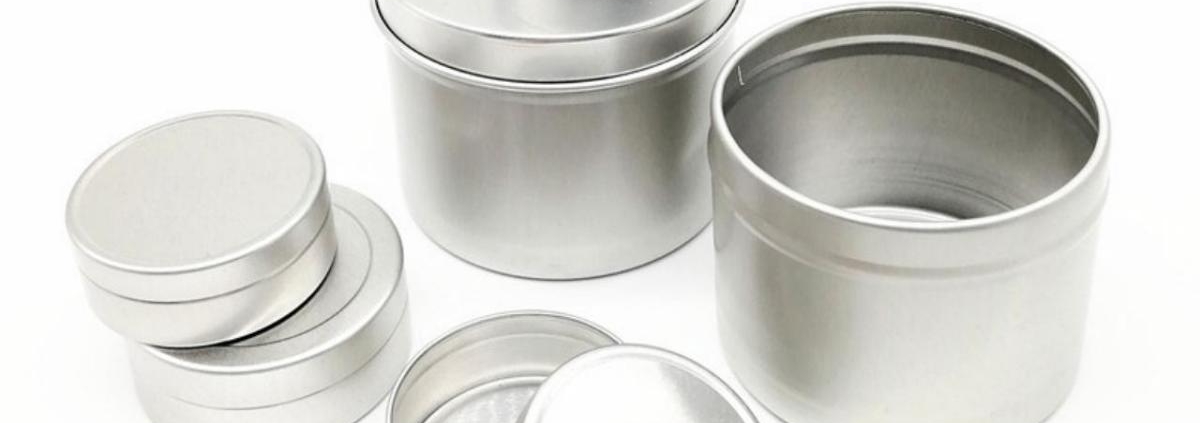

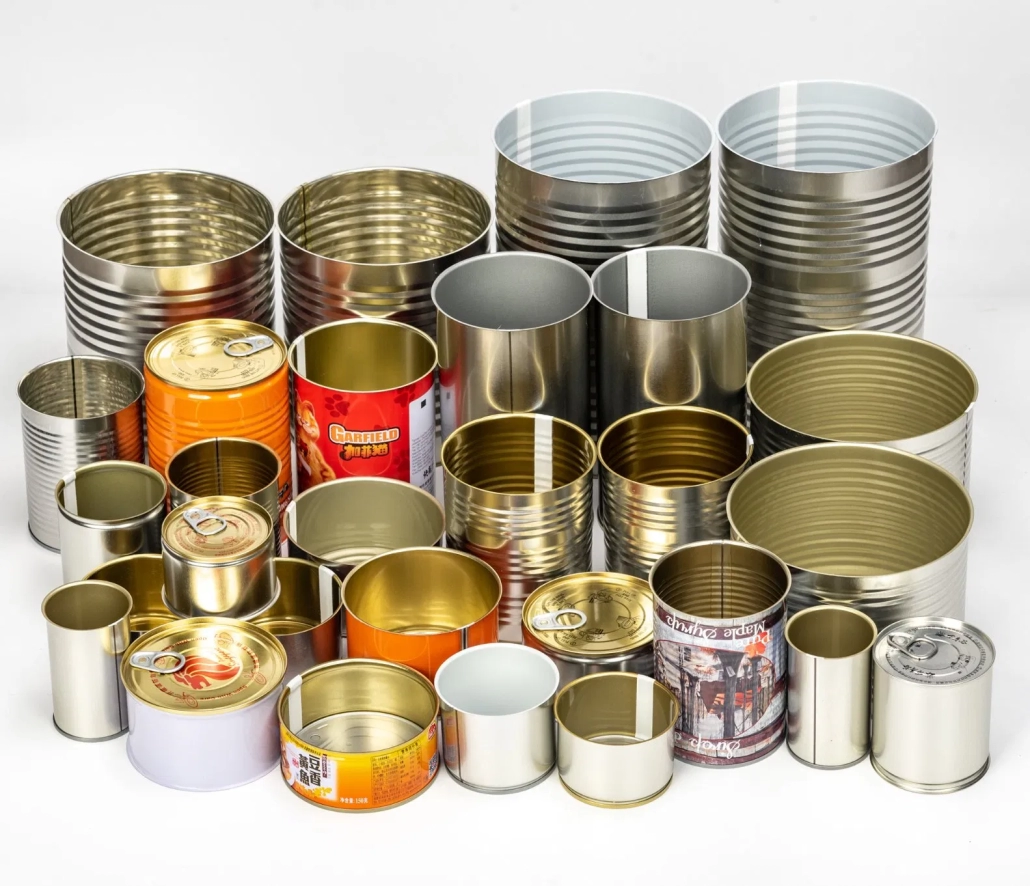
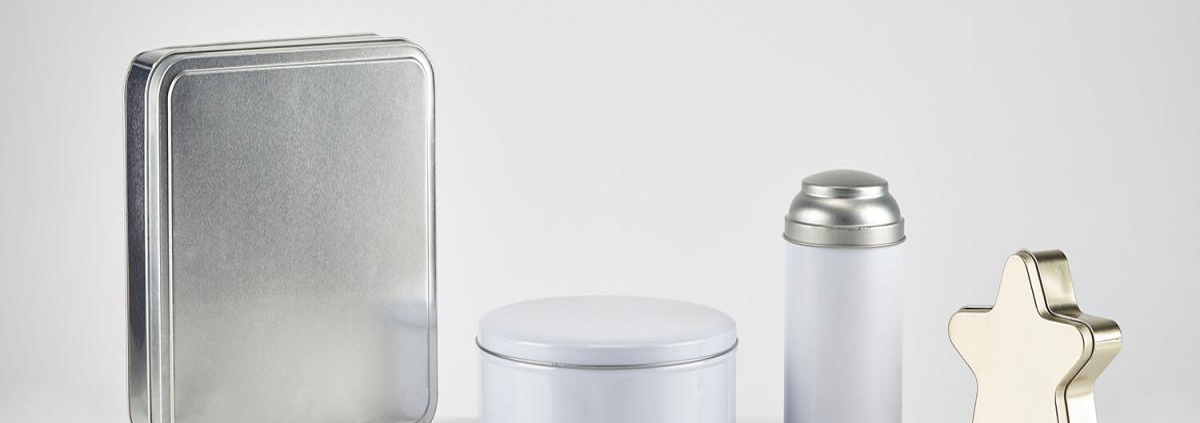
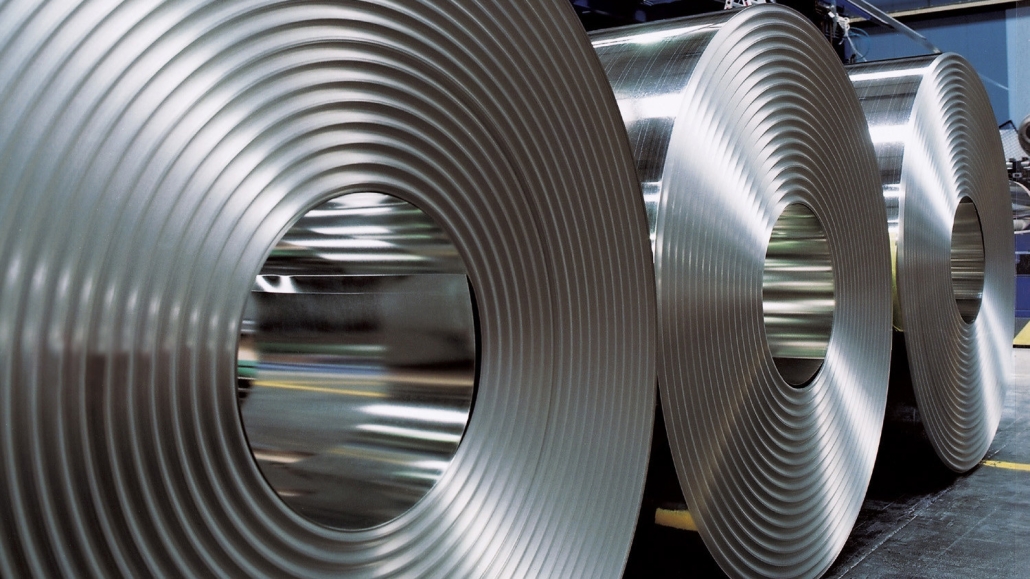

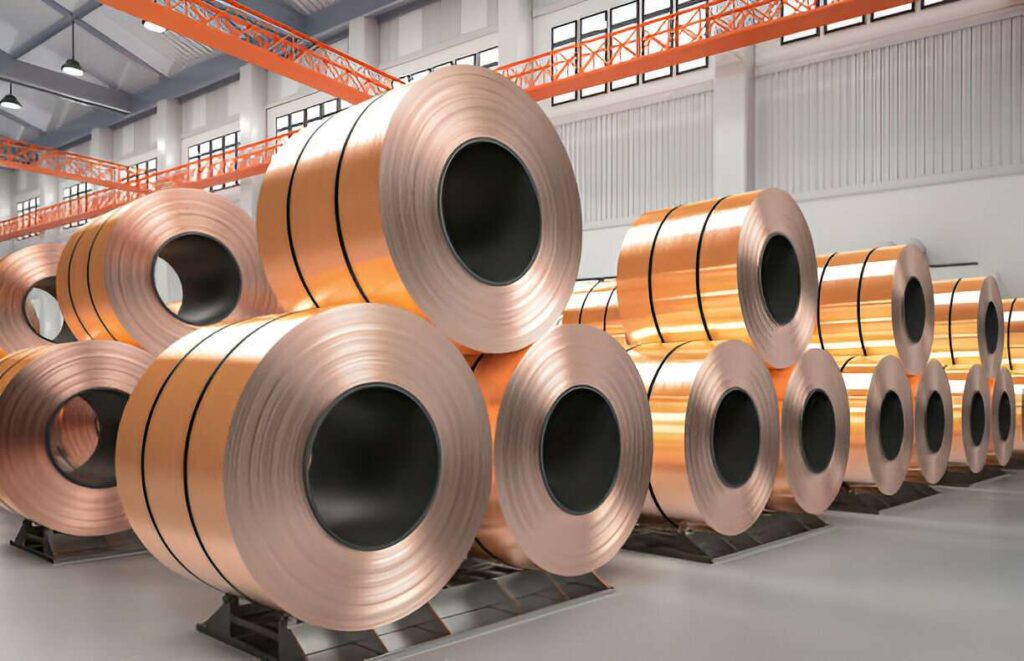
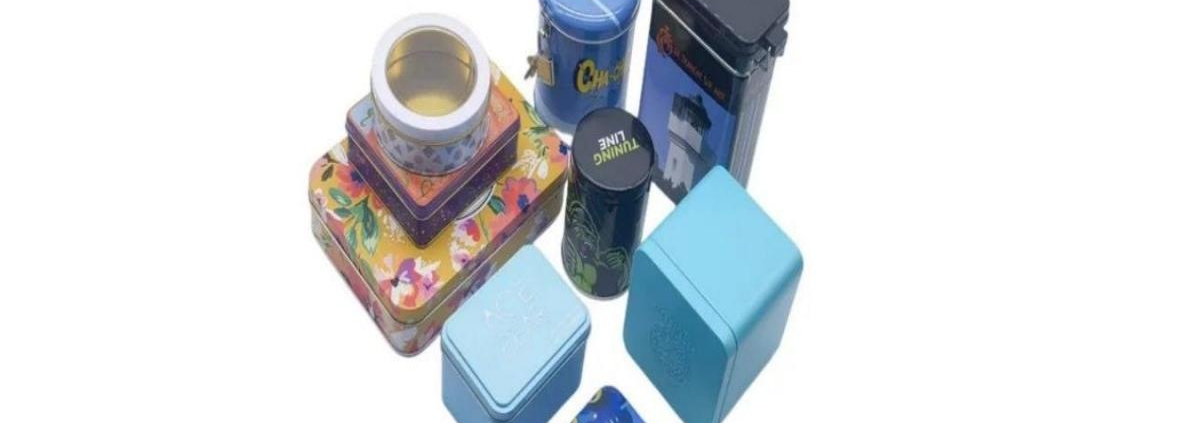
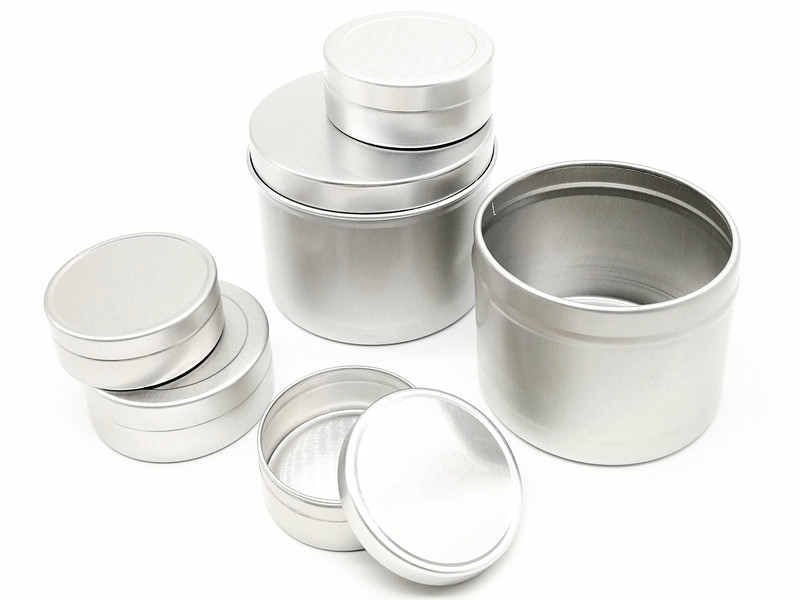
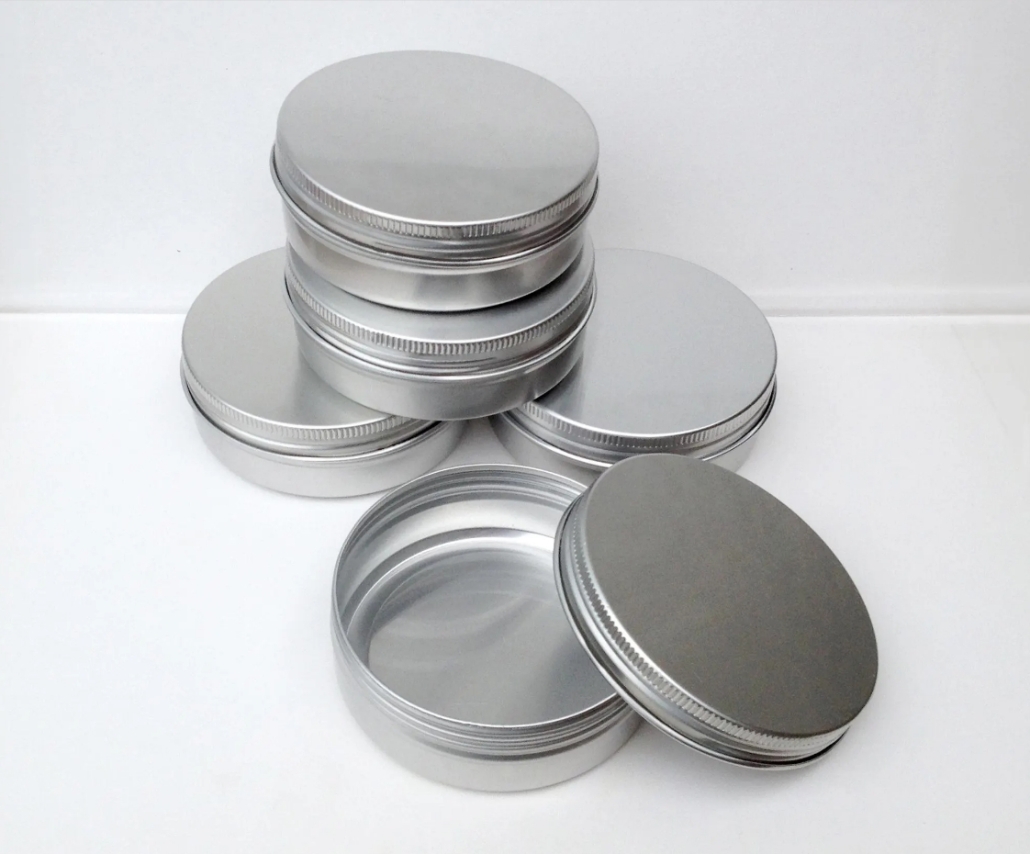
 Facebook
Facebook Twitter
Twitter Linkedin
Linkedin